
Here’s what I learned:
1. Learning the language is important
One of my first takeaways in HubSpot training was the importance of learning the vocabulary to understand the core components of inbound marketing. Prior to the training, I had picked up a few key marketing terms and misinterpreted a few others. For example, the concept of using keywords to drive website traffic seems fairly straightforward, but learning how important long-tail keywords are for SEO was eye-opening.For reference, I’ve compiled a list of a few important inbound marketing terms that I learned in the training. The following key terms are spelled out in my own words after taking the training, and you can access these terms and more in the HubSpot’s Inbound Marketing Glossary.
Call-to-action
A call-to-action (CTA) is basically what it sounds like – something you’re trying to get the user to do. This could be a link, button or image that gives direct instructions to the site visitor, such as “Register for the Event” or “Subscribe to our Blog.”
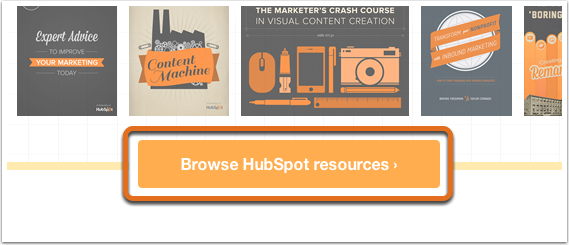 |
| Call-to-action example |
Landing page
This type of page is specifically designed to collect lead information in a contact form. It’s kind of like a gateway between the call-to-action and the resource your site visitors want to access, like an ebook. In order to see the ebook, the visitors (read: leads!) will need to provide some basic contact information.
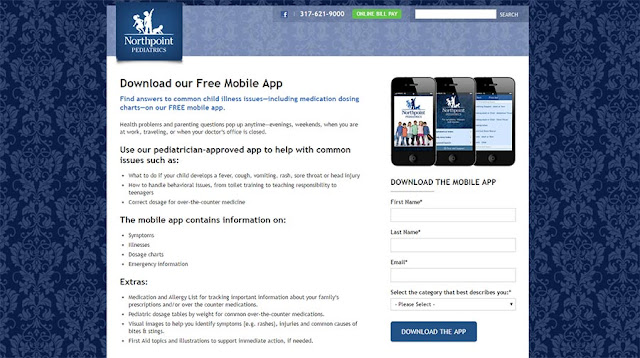 |
| A landing page used by on of our clients, Northpoint Pediatrics, to collect leads from users who download the mobile app. |
Long-tail keyword
These are keyword phrases that contain at least three words and mimic the types of searches that lead to the specific content available on your site. For example, “shoe” is a very broad keyword but “women’s shoes for work” has less competition on search engines and helps searchers find exactly what they’re looking for on your site.
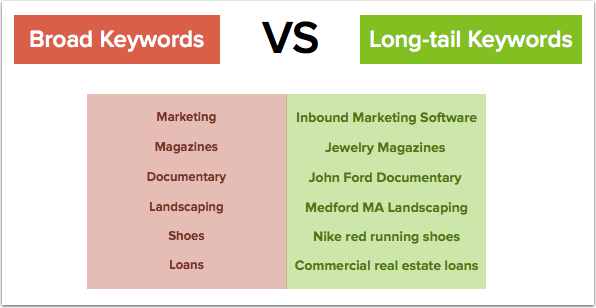 |
| Examples of broad keywords vs. long-tail keywords |
Lifecycle stages
Lifecycle stages help to label the relationship you have with different segments of your audience in the buying process. Admittedly, this is a bigger concept that’s not so easily simplified. Knowing that at each stage, your audience has different needs and values different information helps you create better content. The stages are typically divvied up into three sections: awareness, evaluation and purchase, seen below.
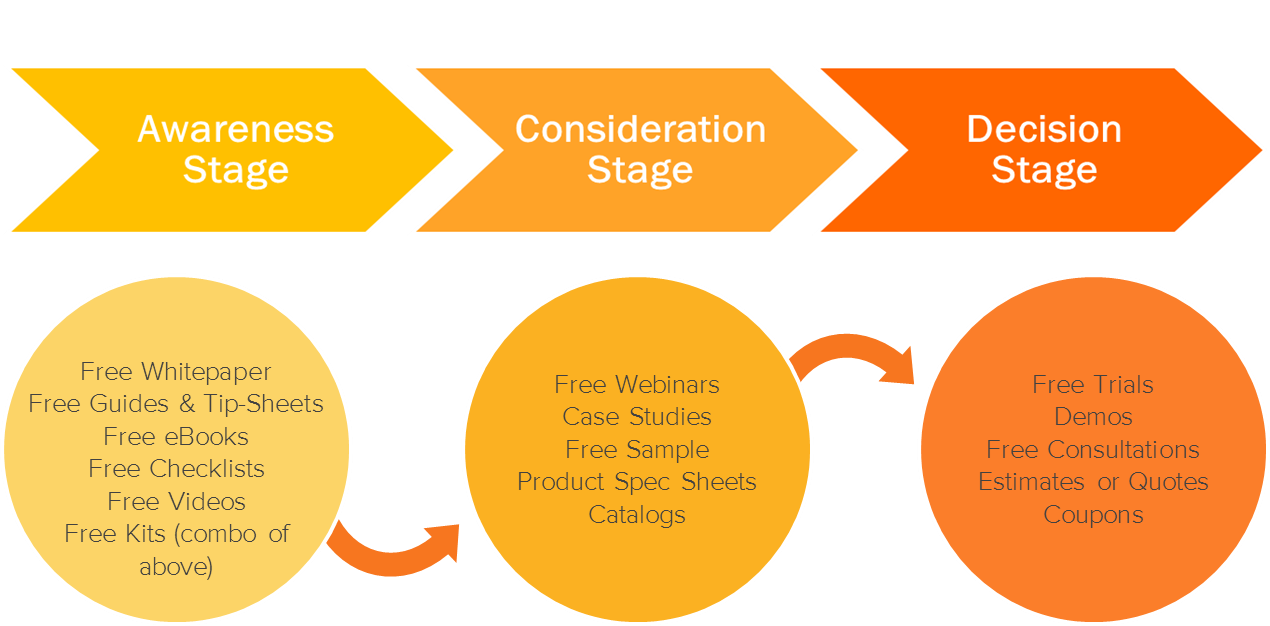 |
| Lifecycle stages with corresponding content examples |
Understanding these concepts goes a long way towards certification. Check out these definitions and other marketing terms in the HubSpot’s Inbound Marketing Glossary.
2. Tools are only as good as the hands that wield them
This certification process also made it clear that jumping straight into the HubSpot tools without any training is likely to be disastrous. To understand the complexities of creating content, social tracking, managing contacts, and data reporting, I would venture to say HubSpot Academy is essential to make the most of your subscription.Consider this analogy: Imagine you purchased a piece of machinery with absolutely no idea how to use it. Trying to operate a forklift with no training would lead to frustration—from fumbling to use the controls to failure to achieve desired results. Ultimately, this tool that had such great potential to benefit your business is left alone to rust sadly in the back parking lot.Take the Dashboard, for example, which presents you with a veritable landslide of information and analytics. One of the first pieces of data in the Dashboard pertains to Contacts. In order to correctly interpret that data, we need to know that HubSpot Contacts are categorized into Persona groups, and then that Personas need to be setup to match your company’s Buyer Personas, and finally that creating Buyer Personas follows a specific process. That’s a lot of knowledge packed into one simple report!
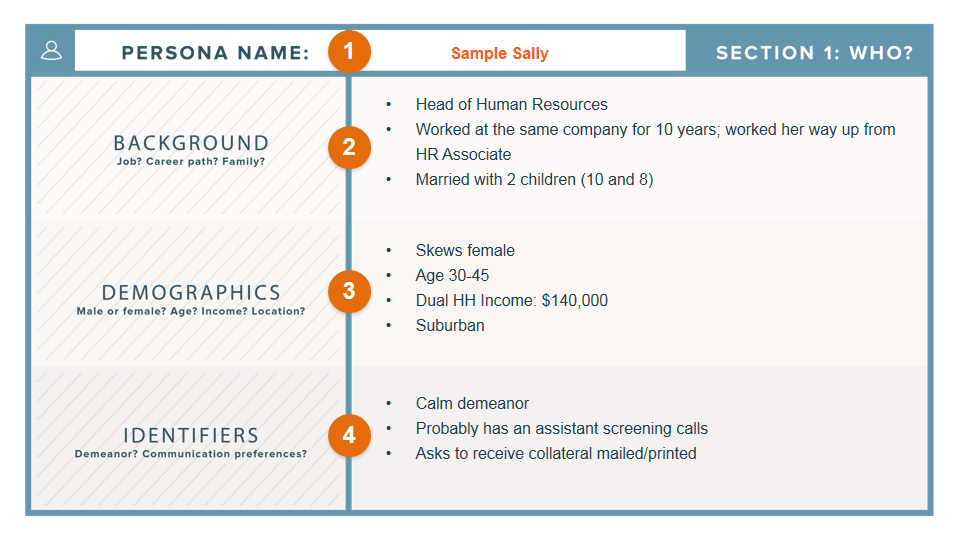 |
| Get free persona templates on HubSpot |
Take it from me—it pays to take the time to learn the ins-and-outs of HubSpot. Of the plethora of tools that come with the HubSpot toolbox, Personas and Contacts are just two examples. In order to use this platform to attract visitors, convert leads, and close customers, you’ll want to take the time at the outset to learn how to use HubSpot properly. Otherwise several frustrating hours may cause your HubSpot subscription to end up unused, forgotten and rusty like that forklift.
3. Reading the syllabus isn’t just for college kids
As you may have noticed, I have a tendency to jump right in. The logical starting point for the certification training in my mind was the very first video. Only after my second attempt at the test did I discover the accompanying study guide for HubSpot Certification test-takers. Are you noticing a trend? When it comes to HubSpot, do your research first and be prepared.The exam study guide, which I recommend reviewing at the end of each section, asks key questions pertaining to the HubSpot certification curriculum. For example, after working through the Goal Planning & Strategy Best Practices curriculum, you should be able to answer the following questions:
- What is the SMART goal setting framework?
- What three SMART goals should you always have set for your inbound marketing?
- What benchmark data does the HubSpot Goals application provide?
